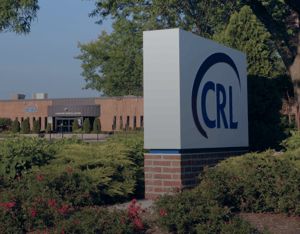Dr. Michael Fulks, Consulting Medical Director, details a new study showcasing the increase in mortality rates from drug and alcohol use for those age 65+.
Drug OD deaths for those age 65+ increased by 3.7 times from 2000 to 2020. While still lower than younger age groups, it shows an accelerating increase for both sexes. This increase is seen across all racial groups according to a CDC report, although Black men and Black women have a substantially higher risk at older ages. Heroin and prescription opioid deaths are increasing, but the main culprit is synthetic opioids consisting predominantly of fentanyl and its analogues. Drug OD deaths still account for <1% of all deaths age 65+ due to competing mortality causes that are more common than at younger ages. However, these deaths are both sudden and harder to predict than those from heart disease or cancer. It is unclear what factors (see earlier blog) predict risk of drug OD at age 65+ as they may be different than those at younger ages.
Alcohol related mortality is also increasing at older ages based on this National Center for Health Statistics report. It shows a steady increase for those age 65+ since 2011, accelerating by 18% during the first year of the pandemic. These excess deaths were driven mainly by alcoholic liver disease, which increased by 26%. Unlike drug ODs, Hispanics and non-Hispanic Whites have the higher risk which still accounts for <1% of all deaths at these ages.
Though still limited, drug (primarily fentanyl) and alcohol deaths are increasing at older as well as younger ages contributing to the recent reduced life expectancy in the US. Women have a lower risk than men, but all racial groups and all ages are increasingly impacted by these conditions. For health screening, focused questions may be helpful in risk assessment, while for life insurance screening, which is more adversarial in nature, laboratory testing for both alcohol and fentanyl analogues is available.
About the Author
Michael Fulks, MD, Consulting Medical Director, is board-certified in internal and insurance medicine. After leaving practice, he served as a medical director, creating or editing several underwriting manuals and preferred programs. More recently, Mike has consulted for CRL participating in its mortality research on laboratory test results, BP and build, and in the development of risk-scoring tools for laboratory and non-laboratory data.






